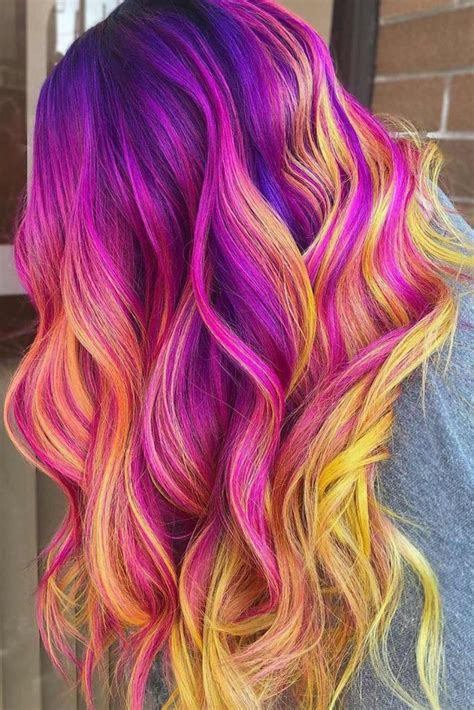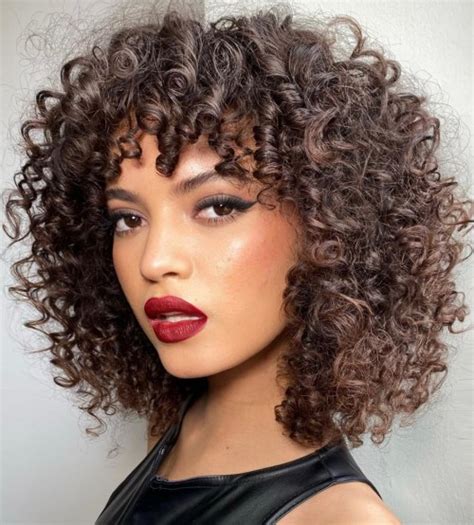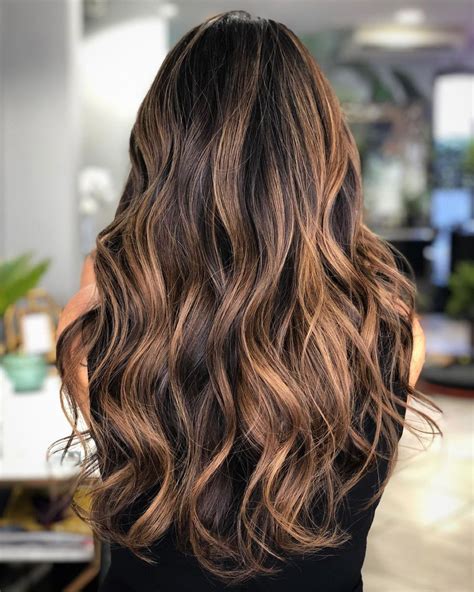Discover how to understand, identify, and assess your hair type, texture, elasticity, and porosity. Get expert insights for your best hair care routine.
Understanding Hair Types
Contents
Hair types can be a complicated subject to understand, but it is essential in determining the best hair care routine for your specific needs. There are generally four hair types: straight, wavy, curly, and coily. Each hair type comes with its own set of challenges and needs when it comes to maintaining a healthy and luscious mane.
Straight hair is often the most low-maintenance of all the hair types. It tends to have a naturally sleek appearance and can get oily more quickly than other hair types. On the other hand, wavy hair has a texture that falls somewhere between straight and curly. It can become frizzy if not properly cared for, but it also has the potential to hold a curl better than straight hair.
Curly hair is known for its defined ringlets or spirals. Often prone to frizz and dryness, it requires regular deep conditioning and moisturizing. Finally, coily hair has the tightest curl pattern of all the hair types. It can often look like tiny, springy corkscrews and needs plenty of moisture and gentle care to stay healthy and defined.
It’s important to note that everyone’s hair is unique, and it’s not uncommon for individuals to have a mix of more than one hair type. Taking the time to understand your hair type can help you choose the right products and styling techniques that work best for you.
Identifying Your Hair Texture
Understanding your hair texture is crucial in taking care of your hair. Identifying your hair texture will help you choose the right products and treatments that are suitable for your specific hair type.
When identifying your hair texture, it’s important to consider factors such as the diameter of each individual strand of hair, as well as how your hair feels to the touch. Whether your hair is fine, medium, or coarse can make a significant difference in the way you care for it.
Another important aspect of identifying your hair texture is understanding whether your hair is straight, wavy, curly, or coily. This will determine the kind of styling techniques and products that will work best for your hair.
Consulting with a hair expert can also be helpful in identifying your hair texture. They can provide professional insight and recommend tailored products and routines that are best suited for your specific hair type.
Determining Hair Elasticity
When it comes to taking care of your hair, one of the most important factors to consider is hair elasticity. Understanding the elasticity of your hair can help you determine its overall health and quality. To determine the elasticity of your hair, you can perform a simple test at home. Take a few strands of hair and gently stretch them. Healthy hair will stretch and then return to its original length without breaking. If your hair does not bounce back or breaks easily, it may be lacking in elasticity.
Another way to determine hair elasticity is by paying attention to how your hair behaves when wet. If your hair stretches significantly and then snaps off when wet, it may be lacking in elasticity. On the other hand, if your hair retains its shape and length when wet, it is likely to have good elasticity.
It’s important to determine the elasticity of your hair in order to choose the right products and treatments. For example, if you have low elasticity, you may want to incorporate protein treatments into your hair care routine to improve strength and flexibility. On the other hand, if you have high elasticity, you may want to focus on moisturizing treatments to maintain the health and flexibility of your hair.
Ultimately, understanding the elasticity of your hair can help you make more informed decisions about how to care for your hair and keep it healthy. If you’re unsure about the elasticity of your hair, consider consulting with a hair expert who can provide personalized recommendations based on your specific hair type and needs.
Assessing Porosity of Your Hair
Understanding the porosity of your hair is crucial in determining the best hair care routine and products for your specific needs. Hair porosity refers to how well your hair can absorb and retain moisture, and it is categorized into three levels: low porosity, normal porosity, and high porosity.
Identifying your hair porosity can be done using a simple water test. Fill a glass with water and drop a strand of clean hair into the glass. Wait for a few minutes and observe how the hair behaves. If it floats on the surface, your hair has low porosity. If it sinks to the bottom, your hair has high porosity. If it stays in the middle, your hair has normal porosity.
Once you’ve determined your hair’s porosity, you can adjust your hair care routine accordingly. For low porosity hair, lightweight and water-based products are recommended to prevent buildup. For high porosity hair, use products that provide extra moisture and can help seal the cuticle to prevent moisture loss.
Consulting with a hair expert can also provide valuable insight into the best way to care for your specific hair porosity type. They can recommend specific products and treatments tailored to your hair’s needs, helping you achieve healthier, more manageable hair.
Consulting with Hair Experts
When it comes to hair care, sometimes it’s best to leave it to the professionals. If you’ve been struggling with your hair and have tried various methods and products without success, it may be time to consult with a hair expert. These professionals are trained to analyze your hair and provide personalized recommendations based on your hair type and unique needs.
Consulting with a hair expert can help you avoid further damage to your hair and prevent you from wasting money on ineffective products. These professionals have a deep understanding of hair types and can identify your hair texture, elasticity, and porosity more accurately than you can on your own.
During your consultation, the hair expert will ask you about your hair care routine and any specific concerns you may have. They will also likely perform a hair analysis to determine the current state of your hair and any issues that may be present.
Once they have a clear understanding of your hair needs, they can recommend the most suitable hair products and treatments for you. Consulting with a hair expert is an investment in the health and appearance of your hair, and it can save you time and money in the long run.











